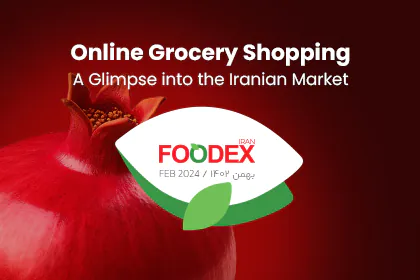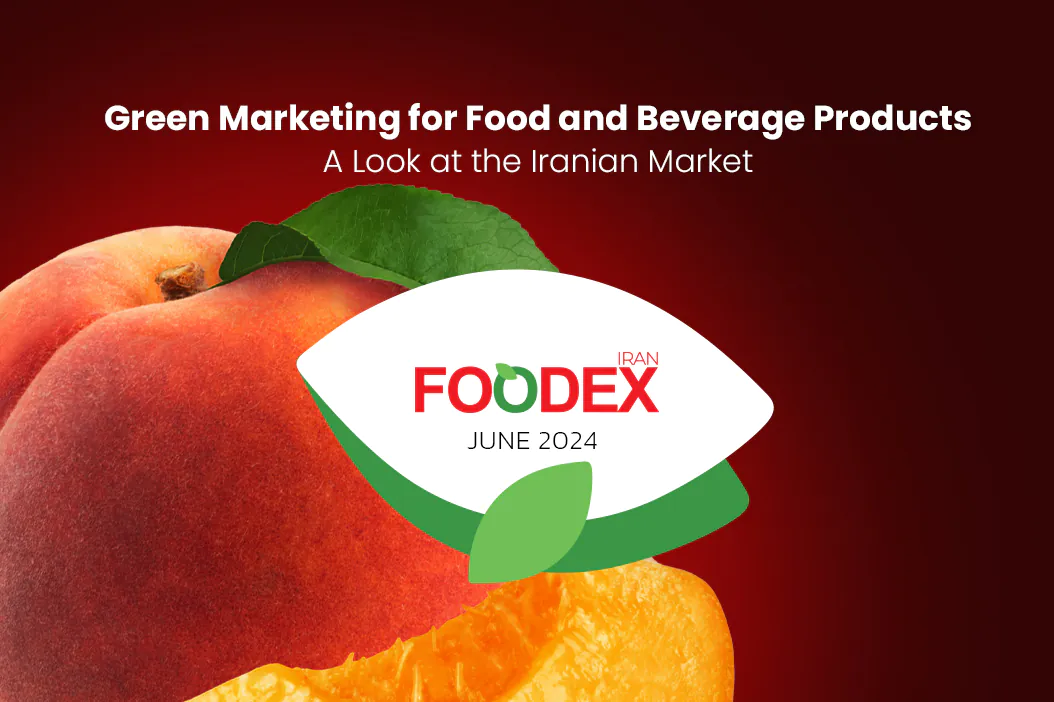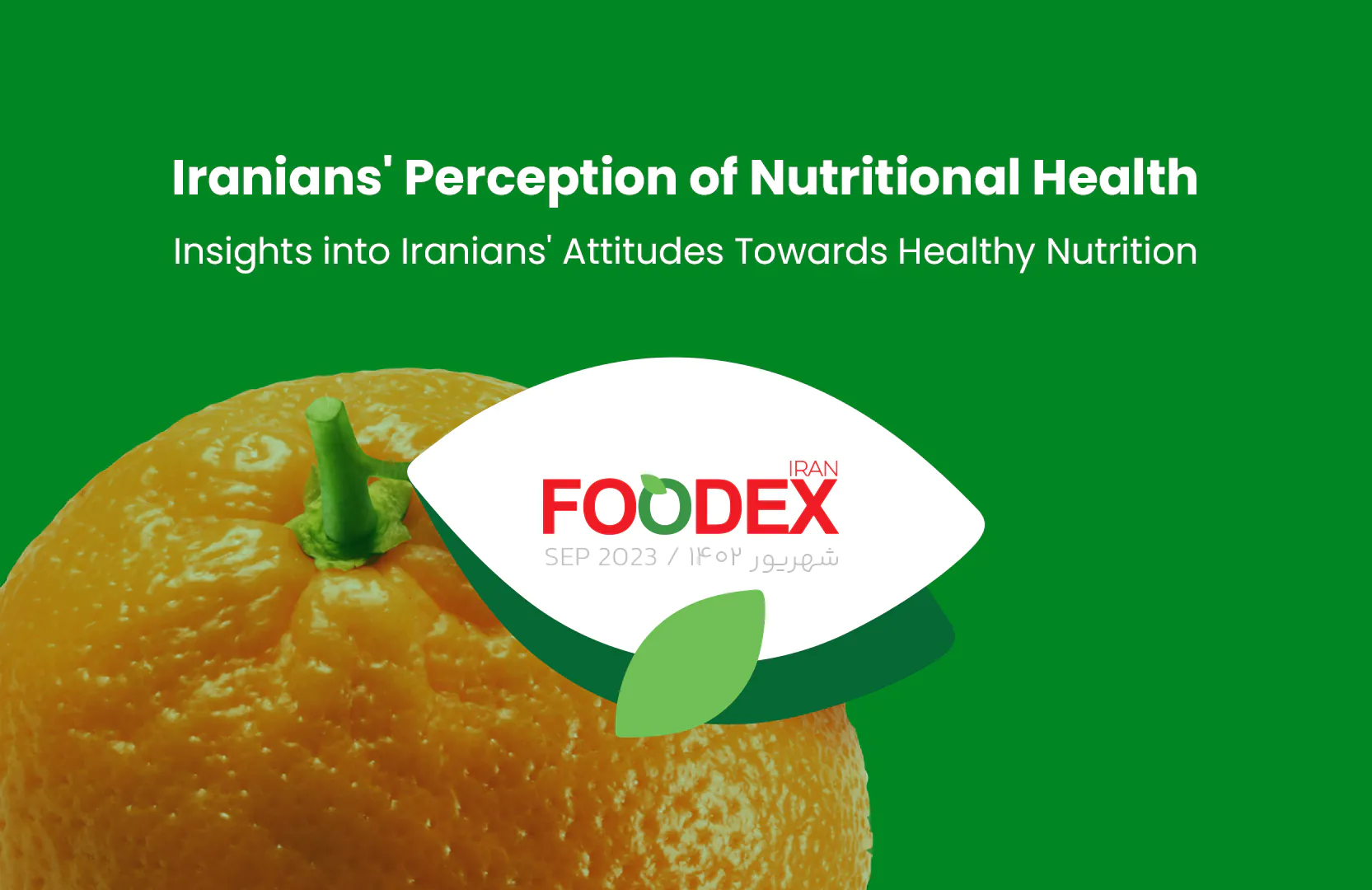Present-day food is one of the most competitive markets. Success here requires a lot more than offering a tasty, high-quality product. Strong, well-directed marketing efforts play a very important role in acquiring distinction and growth in your brand. Below are five proven food marketing strategies that could help a brand not just exist but thrive.
1. Strategizing by Identifying and Aiming for Your Target Audience
Achieving success in food marketing begins with a deep understanding of the target audience. In this section, we will explore various methods for analyzing consumer behavior and discuss the process of creating detailed customer personas.
Understanding Market Behavior
Every marketing strategy should start from a deep understanding of your target audience. In the food industry, consumer behaviour keeps changing over time. Today’s consumers don’t want just to have the product; they want to know ingredients, sourcing, and how the product is produced. To make your business successful, you’ll have to define your customer personas with detailed answers such as:
Who is buying your product?
Why do they choose it?
What differentiates you from the competition?
Creating Customer Personas
It’s of paramount importance to build up customer personas with the aim of creating a better picture of your audience. Take the case of Whole Foods, an organic food giant. Whole Foods knows who their customers are: young professionals, health-conscious families, and eco-minded shoppers. It uses consumer data to improve its offerings and concentrates its marketing campaigns on these core groups.
2. Develop Valuable Content, Brand Storytelling
Storytelling is an essential tool for distinguishing your brand from competitors. In this section, we will highlight the importance of storytelling and examine how to foster emotional connections with customers through the creation of valuable content.
Storytelling in Food Marketing: The Power
Probably one of the best differentiators going, to communicate, is through an authentic and interesting story that consumers love to know where their foods are coming from, how they are produced, and what kind of social or environmental impact they have.
Brand storytelling builds deep connections and fostered loyalty for food producers with active consumption directly.
A great example is Ben & Jerry’s. The way this brand tells its story expresses not only the taste and uniqueness of the products but also its values concerning social responsibility and sustainability in sourcing. A purchase with Ben & Jerry’s makes every customer feel like they are into something that aligns with their values.
Content Marketing to Build Trust
Your content should have value for the target audience, either informative or engaging. Customers for food businesses might be looking for nutrition information, ways to cook their food, health benefits, or even simple recipes. Create informative and engaging content to help foster relationships with your prospect base through blog posts, videos, or sharing on Instagram.
For instance, Oatly is a plant-based food brand that educates its customers as to why oat milk is healthier and more environmentally friendly. Through content marketing, Oatly has built a loyal following and furthered its stake in the plant-based market.
3. Leverage digital marketing and social media
Social media has become a pivotal element in modern marketing strategies. In this section, we will analyze the role of influencer marketing and investigate how video marketing drives the growth of food brands.
Influencer Marketing in Food Industry
Influencers play an incredibly important role in helping to build trust and grow reach in the food space. Instagram and YouTube are particularly powerful platforms for people who focus on food, nutrition, or lifestyle. They can massively alter consumer buying behaviors.
HelloFresh is one prime example of a meal kit brand that customers cook themselves. HelloFresh executed this populatively with influencers in the health and cooking vertical by having them share their experience with the product to drive huge sales within the company.
Video Marketing and Targeted Advertising
Video is, in fact, an excellent way to get not only your message but yourself across to a wide audience. Food videos, especially, do reasonably well-the short preparedness tutorials on meals or even real customer experiences can go viral and increase engagement in no time. This is something that brands like Tasty have mastered: quick, catchy cooking videos that resonate with millions.
Take Chipotle as an example: they construct short, salient videos which emphasize the freshness of all their ingredients. These videos started to really move on social media, building great engagement and reinforcing Chipotle’s commitment to quality.
4. Leverage Data and Personalization
Data serves as a powerful asset in crafting personalized marketing strategies. This section will focus on how data can be used to analyze customer behavior, refine marketing approaches, and enhance the overall user experience.
Analyzing Consumer Behavior with Quantitative Data
Big data analysis helps in developing better marketing strategies because it would include data on consumer behavior. Collecting data from online sales platforms, social media interactions, and ad campaigns provide insight into the needs and preference of your customers.
Personalizing Your Marketing Messages
Brands that can convey personalized marketing messages through data witness an upward trajectory in conversion rates and customer engagement. The known example is the Coca-Cola campaign “Share a Coke.” They literally put names on their bottles, making the product personal and creating a nice appeal to consumers. It not only raised the bars of sales but generated massive social media engagement.
5. Network at Industry Events and Trade Shows
Taking part in industry exhibitions provides significant opportunities for brand expansion. In this section, we will discuss effective strategies for maximizing participation in these events to boost brand visibility and growth.
The Role of Food Trade Shows in Brand Growth
The trade fairs and industry events organized across the world provide an excellent opportunity for one to present oneself directly in front of the buyers and customers. Events like Gulfood and Anuga attract several thousands of visitors from different parts of the world, thereby allowing the brands to showcase their products and network suppliers, customers, and associates.
Winning Strategies for Participation in Trade Shows
Success at trade shows requires preparation well in advance. Successful brands are planning months in advance: designing eye-catching booths, scheduling meetings with potential buyers, and engineering memorable experiences for attendees. Nestlé once used innovative technology and fun experiences at one of their international showcases that gained many people’s attention and gave them increased brand presence.
Conclusion
that involve understanding your target market, down to influencer usage, personalization of marketing, and key industry events- each can be manifold used in so many ways to thrive your brand towards ultimate success. By embracing these innovative methods, you’ll put your food brand on a pedestal toward long-term growth and success.
Sources
Euromonitor International. (2021). Global Food and Beverage Trends Report.
Nielsen. (2021). Food and Beverage Marketing Trends: Understanding Consumer Behavior.
Mintel. (2020). The Power of Niche Markets in the Food Industry.
Ehsan Allahverdi
Executive Manager of Foodex Iran
Marketing Consultant for Leading Food & Beverage Brands
website | linkedin




















